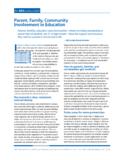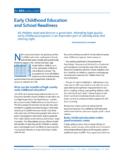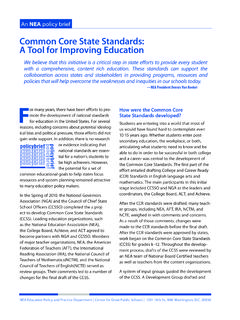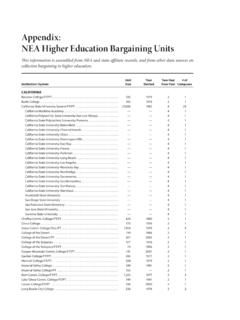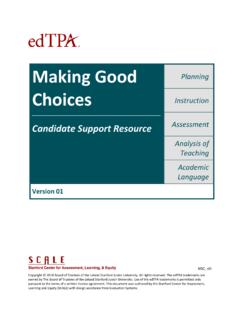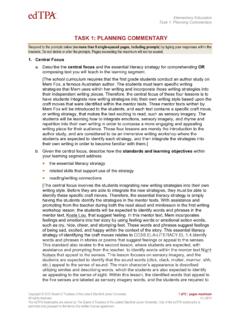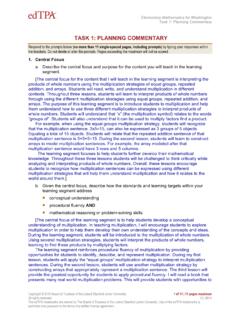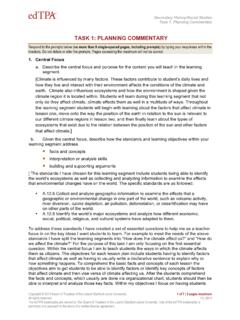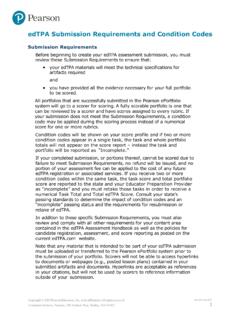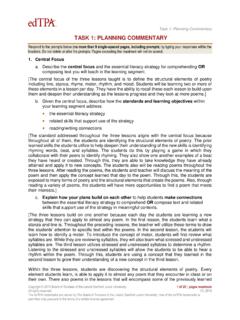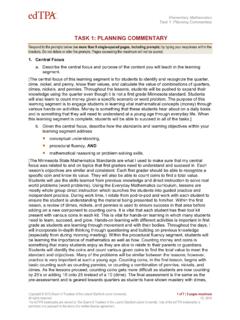Transcription of Strategies for Feedback in Task 3 of the edTPA
1 CGPSPUBLIC SCHOOLSCENTER FOR GREATS trategies for Feedback in Task 3 of the edTPA According to the 2016 edTPA Administrative Report , Rubric 13 is consistently one of the lowest scoring edTPA rubrics. The prompts associated with this rubric ask candidates to describe how they would get their students to use Feedback on the assessment analyzed in Task 3. Here are some general Strategies to encourage students to use Feedback : Verbally compliment students on the skills they demonstrated, and encourage them to develop those skills further. Have an extension conversation about the content to build on knowledge. Give the students an opportunity to ask clarifying questions regarding Feedback . Ask students to clarify responses either in writing or verbally. Give students a specific strategy to use on a future assignment.
2 Conference with individual students to explain their Feedback . Give students an opportunity to make corrections or revisions to the assignment. Guide the class, a small group, or an individual through a review of the rubric. Practice the skills measured on the rubric. Ask students to teach others the content or skills based on the Feedback you gave them. Design an extension activity or re-engagement list is not exhaustive, and candidates can feel free to deviate from it. The most important thing to remember is the same strategy will not work with every student. Carefully consider each focus student s individual learning needs and performance on the assessment. Tailor your Feedback strategy based on the individual. For example, a student who struggles with reading comprehension might benefit from a one-on-one conference that explains the Feedback they received, whereas a student who is academically gifted might benefit from teaching the concept or skill to another student for an extension activity.
3 Here are some questions to ask yourself: How did the student perform on the assessment? How did the student perform on individual components of the grading criteria? What are this student s particular strengths and areas of weakness? How does this student demonstrate learning best? How does this student comprehend information best written or aurally? How can I use this information to affirm my student s strengths? How can I use this information to increase my student s understanding and aptitude?This document was printed by organized staff union labor at the National Education Association.
